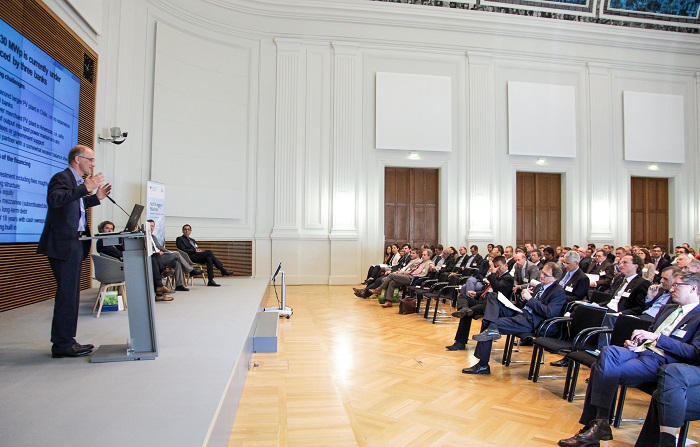Domestic use
Most domestic systems are rooftop installations, however, there are new ways of integrating PV systems into a building itself, e.g. by embedding PV into the roof, facade or windows. To meet the annual consumption of a four-person family in Germany, an average household needs a PV system with a peak output of 3.5 to 4 kW. Depending on the PV technology used, this corresponds to a solar panel surface area of about 35 to 40 m². In areas with higher solar radiation, less surface area is needed. Intelligent energy management and storage technologies can be used to optimise the consumption of self-generated PV electricity.
Industrial and commercial use
The roofs of factory buildings, production facilities and commercial complexes provide enough area for larger on- or off-grid PV systems. Hybrid systems allow for combining PV systems with other renewable energy technologies or diesel generators and storage devices.
Large grid-connectes systems vs. mini-grids
Typically, large grid-connected systems are designed as ground-mounted systems or as large rooftop installations. Systems of this type can be used to power municipalities or other large consumers or stand-alone power systems (mini-grids). In the case of mini-grids, several PV systems feed into a stand-alone power system, allowing it to provide electricity for several houses or even entire villages. Typically, hybrid systems are used in this case. In order to maximise the generation of solar electricity and the yield benefit, sun-tracking PV modules can be installed.





